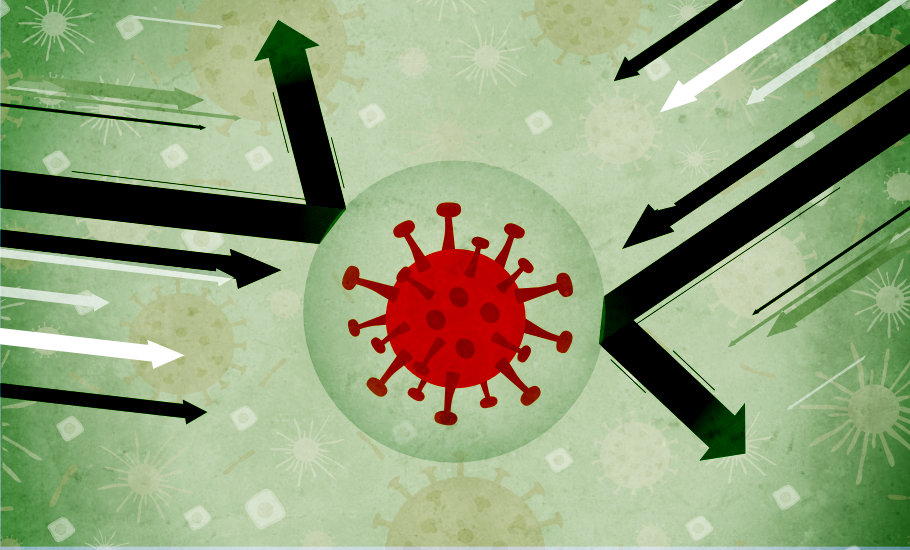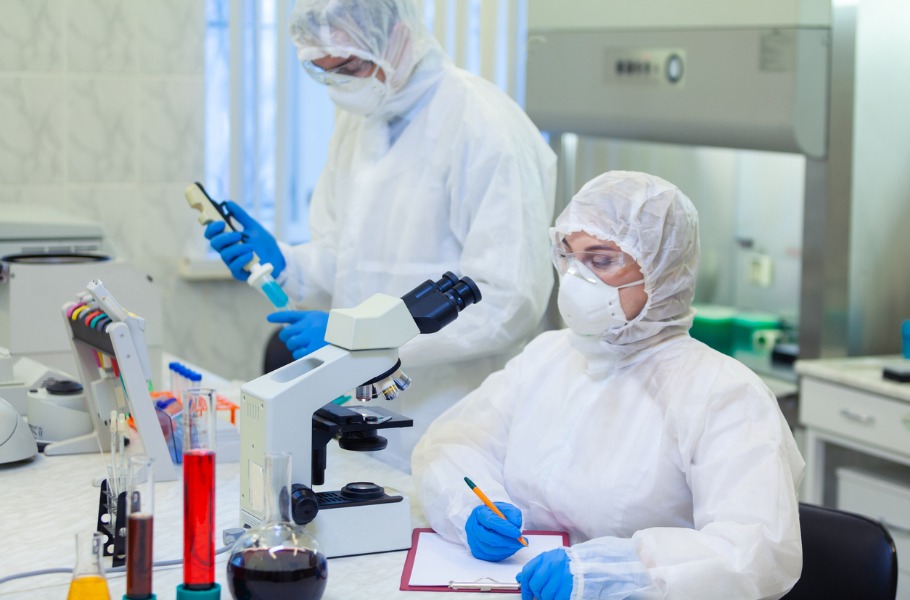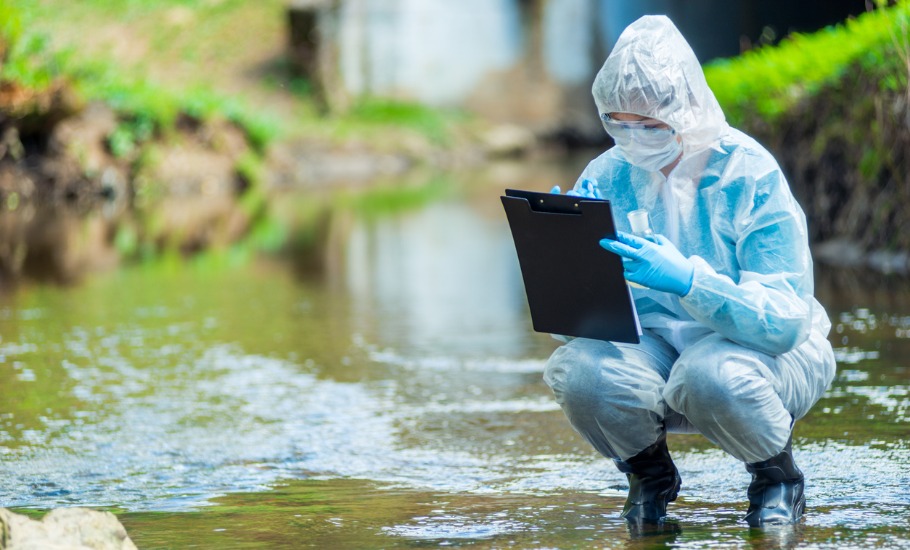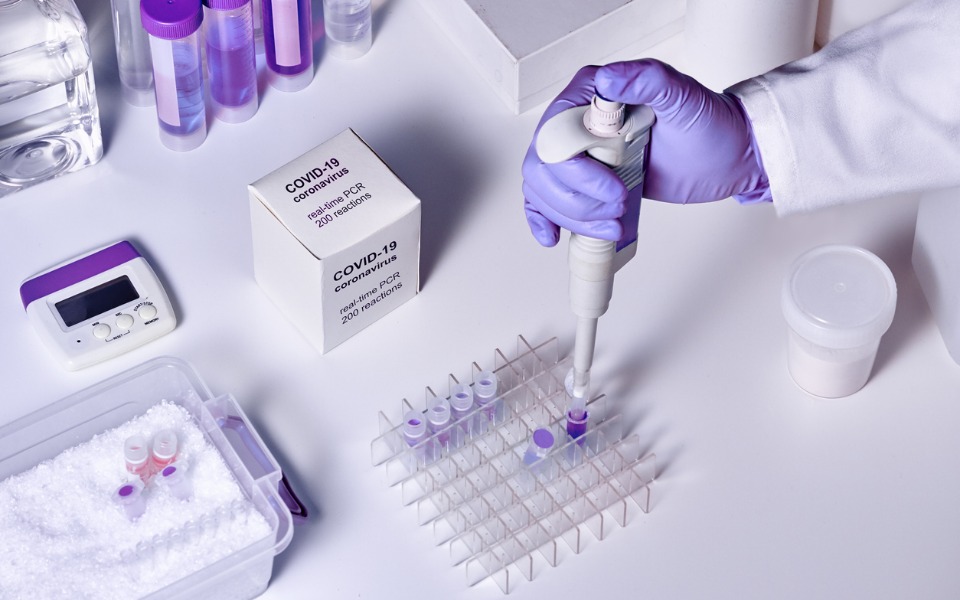
- Home
- India
- World
- Premium
- THE FEDERAL SPECIAL
- Analysis
- States
- Perspective
- Videos
- Sports
- Education
- Entertainment
- Elections
- Features
- Health
- Business
- Series
- In memoriam: Sheikh Mujibur Rahman
- Bishnoi's Men
- NEET TANGLE
- Economy Series
- Earth Day
- Kashmir’s Frozen Turbulence
- India@75
- The legend of Ramjanmabhoomi
- Liberalisation@30
- How to tame a dragon
- Celebrating biodiversity
- Farm Matters
- 50 days of solitude
- Bringing Migrants Home
- Budget 2020
- Jharkhand Votes
- The Federal Investigates
- The Federal Impact
- Vanishing Sand
- Gandhi @ 150
- Andhra Today
- Field report
- Operation Gulmarg
- Pandemic @1 Mn in India
- The Federal Year-End
- The Zero Year
- Science
- Brand studio
- Newsletter
- Elections 2024
- Events
- Home
- IndiaIndia
- World
- Analysis
- StatesStates
- PerspectivePerspective
- VideosVideos
- Sports
- Education
- Entertainment
- ElectionsElections
- Features
- Health
- BusinessBusiness
- Premium
- Loading...
Premium - Events

Anti-microbial resistance: When microbes get the better of humans
Antibiotic resistance is putting achievements of modern medicine at risk as life-saving activities such as organ transplantations and chemotherapy.

Anti-microbial resistance. It’s a term which by itself seems to be a positive thing. Who wouldn’t want to have resistance against microbes? Everyone, in these scary coronavirus times. But what are microbes? These are basically tiny organisms which we normally cannot see with our naked eyes. These include bacteria, archaea, viruses, fungi, prions, protozoa and algae. Microbes are vital...
Anti-microbial resistance. It’s a term which by itself seems to be a positive thing. Who wouldn’t want to have resistance against microbes? Everyone, in these scary coronavirus times.
But what are microbes? These are basically tiny organisms which we normally cannot see with our naked eyes. These include bacteria, archaea, viruses, fungi, prions, protozoa and algae.
Microbes are vital to pretty much all processes on earth as their activities are the driving force of nature. Microbes matter, and matter a lot because they affect every aspect of our lives — they are in us, on us and around us. They might be tiny and close to invisible but have an unimaginably huge presence on earth.
The best way to take stock of this is by calculating their biomass in carbon. At present all microbes together make up 93.2 gigatons of carbon biomass. Now compare that to humans who are just 0.06 gigatons of carbon! The entire human population on earth is barely 0.05% the biomass of microbes.
If you thought they overpower us outside the body, guess what, they do inside us as well. Microbes inhabit just about every part of the human body, living on the skin, in the gut, and up the nose.
The human body contains billions and billions of microbes. They easily outnumber our own human cells by 10 to 1. If you were to do a pie chart of DNA in the body, only 10% would be yours. 90% are these microbes. Due to their small size, they only make up about 1–3% of the body’s mass, which means that a 90-kg individual has about a kilogram of microbes inside him.
More than 10,000 microbial species live in the ecosystem you provide, of which scientists have successfully identified between 80–99% of all of them in healthy adults.
Now these microbes play a vital role in human health. By keeping them all happy and living in harmony, you are able to function as a healthy human being. Microbes in your intestine break down many of the proteins, lipids and carbohydrates in your daily diet into nutrients that your body can absorb. Many microbes in the process produce vitamins and anti-inflammatories that the human genome is not programmed to produce. You are the gracious host and they are your guests who do excellent house-keeping.
Sometimes though they cause sickness. An upset stomach many a time is due to certain microbes inside your body reacting to unusual circumstances. There are also microbes which enter our body from outside and cause issues. These are usually dealt with medicinal agents called ‘Antimicrobials’.
Antimicrobials vary in form and function — from the bleach you pour to disinfect your bathroom to the anti-biotic tablet you take and the anti-septic the surgeon applies after surgery.

Antimicrobials have been used commonly for more than 2,000 years, as we have evidence that ancient Egyptians and ancient Greeks used specific moulds and plant extracts to treat infection. And in the 19th century, Louis Pasteur, Alexander Fleming and other scientists stepped up anti-microbial game providing us with anti-microbial therapies that save thousands of lives daily.
Microbes have always caused issues and we have figured out ways to stop infections before they start like vaccination and sanitation. All of these do one of two things, either stop the growth of microbes or kill the ones they target.
Now, what happens when the microbe builds up an immune system to these antimicrobials? What happens if the bacteria and virus do not get affected by the weapons we have against them? That is called Anti-microbial resistance (AMR).
You must have seen those advertisements on TV which show super-effective anti-microbial products. They always have one thing in common. “Kills 99% of all germs”, and the animation usually shows one scared germ that watches all his friends die. Now the reality is that the 1% of germs which do not die are because they are somehow immune to the product.
Microbes are just like us, constantly evolving to survive, to defeat the odds and come out alive in a deadly world. And as German philosopher Friedrich Nietzsche said (and Kelly Clarkson sang) — ‘What doesn’t kill you, makes you stronger’.
These microbes which do not get killed then reproduce. One bacterium divides into two every 20 minutes. So if some mutation had earlier saved 1 bacterium in just a day, that one bacterium will now be a colony of 224 bacteria which is 1,67,77,216, and all of them with the same inherent immunity. This is how AMR grows. This is now what Americans call a ‘Super-bug’. And superbugs in medicine are an invisible yet deadly horror which is just waiting to become our next biggest health problem. Superbugs which are resistant to all antibiotics are already present.
One example of a lethal bacteria is Carbapenem-Resistant Enterobacteriaceae (CRE) which has become resistant to antibiotics and can kill up to half of patients who get bloodstream infections. These super-bugs have been given the moniker ‘nightmare bacteria’ by the Centers for Disease Control and Prevention (CDC).
One mechanism which contributes to CRE type antibiotic resistance involves an enzyme called NDM-1. This is responsible for resistance to the microbe Klebsiella pneumoniae. NDM-1 was first observed in a Swedish man who fell sick after visiting India. Though it was later seen in other places and had been described before, the name unfortunately stuck. ‘M’ stands for ‘Metallobetalactamase-1’. ND stands for the place he visited, which is also referenced in a 2011 cult film that also makes reference to such issues. What do you think ND stands for? Yup, it is New Delhi, and the film is Delhi Belly.

Clostridium difficile is a bacteria that causes diarrhea and colitis in almost half a million people in the United States alone each year and an antibiotic resistant strain has seen a rise of 400% in cases. A recent study found out that 67% of people suffering from typhoid fever, caused by Salmonella typhi are resistant to at least one antibiotic.
This is just the tip of the iceberg; more than 2 million AMR cases were reported in the year 2013 alone. The World Health Organization (WHO) predicts that due to AMR, there will be an additional health expenditure of USD 1.2 trillion in the near future. This is such an important issue that the CDC now has a 3-tier classification system for AMR microbes based on the severity of illness caused, how often they occur and how quickly they spread — Concerning, Serious and Urgent.
In certain areas especially those that have a large population, anti-microbes have played a critical role in reducing the burden of communicable diseases. One of these is the South-East Asia Region. Here these drugs have generally been cheap and easily accessible so much so that many are given without prescription at pharmacies. It is quite common to see someone with a small scratch or infection buy tetracylcine over the counter.
Another major issue is antibiotic contamination of waterbodies, especially in India which has one of the highest rates of resistance to antimicrobial agents used both in humans and food animals. Completely inadequate treatment of waste waters and sewage, hospital effluents, agricultural sludge, aquaculture runoff and discard of livestock animals are some of the major contributors to AMR.
A 2017 Indian study showed that more than 70% isolates of Escherichia coli, Klebsiella pneumoniae and Acinetobacter baumannii and nearly half of all Pseudomonas aeruginosa were resistant to fluoroquinolones and third generation cephalosporins.
Antimicrobial agents are being used in abundance to increase the productivity in the fast growing poultry and dairy farms and many studies have found high rates of AMR in bacteria in cow and buffalo milk.
In one Kerala study, Vibrio cholera and V. parahaemolyticus, isolated from the retail markets of shrimps, shellfish and crabs were 100% resistant to ampicillin, while resistance to ceftazidime ranged from 67–96%.
A 2013 study in central India showed that the groundwater and surface water that are used for drinking and recreational purposes have been reported with 17% rate of E. coli, resistant to third generation cephalosporin. Of the 283 E. coli isolates from the river Cauvery in Karnataka, 100% were resistant to third generation cephalosporin.

There is a whole lot of study in progress right now in India but it is estimated that India is the leading country in AMR issues. The general lack of awareness and dangerous habit of self-prescription of antimicrobial agents without any professional knowledge regarding the dose and duration of treatment compounds the issue.
Those who do seek professional medical advice sometimes end up receiving broad-spectrum high-end antimicrobials owing to lack of availability of proper diagnostics for identifying the pathogen and its drug susceptibility.
One of the biggest issues which India has to control is the release of waste from pharmaceutical industries. Due to a lack of strict supervisory guidelines and legal ramifications, the waste reaches the water bodies and serves as a continuous source of AMR in the surrounding environment.
Globally this issue poses a serious threat to the healthcare industry. Economically AMR is a big blow as, when infections can no longer be treated by first-line antibiotics, more expensive medicines must be used. Increase in healthcare costs puts a huge economic burden on families and societies.
Moreover antibiotic resistance is putting the achievements of modern medicine at risk as life-saving activities such as organ transplantations, chemotherapy and surgeries such as caesarean sections become much more dangerous without effective antibiotics for the prevention and treatment of infections. More than money, millions of lives are at stake here.
As the Joker says in The Dark Knight ‘What doesn’t kill you makes you stranger’, and that’s exactly what’s happening with microbes now.
New resistance mechanisms which we have never seen are evolving and scarily also spreading globally. This leads to our inability to treat even common infectious diseases such as pneumonia, tuberculosis, gonorrhoea, and foodborne diseases. If this escalates, it may become impossible to treat as antibiotics become less effective and even simple illnesses which we are treating now could become lethal such as the flu and cholera.
We are locked in a race against a threat we cannot see. One thing COVID-19 has shown us is that the entire world is affected not by huge things, but by these tiny microscopic organisms. As we now pin our hopes on finding a vaccine for COVID-19 to bring about an end to Coronavirus, we are hopeful that this virus too doesn’t mutate to become immune to the very vaccine we are making.
We are staring down the barrel of a loaded gun where without urgent intervening action, we are heading back to the past, a post-antibiotic era, in which common infections and minor injuries can once again kill and cause immense consequences. This could take us back to the dark ages in history.
Microbes have been on earth for billions of years before us, and have managed to outlive every single species in history. They did not get here by chance, they survived by being hardy and evolving against everything that has come up against them. If we do not step up our game and get ready for this battle, we might become victims of the very guests who keep us healthy.
Running before time took our dreams away
Leaving the myriad small creatures trying to tie us to the ground
To a life consumed by slow decay
– High Hopes by Pink Floyd
(The author is a senior research scientist at Dystrophy Annihilation Research Trust, Bengaluru, and is currently working on exon skipping treatment for Duchenne muscular dystrophy.)
